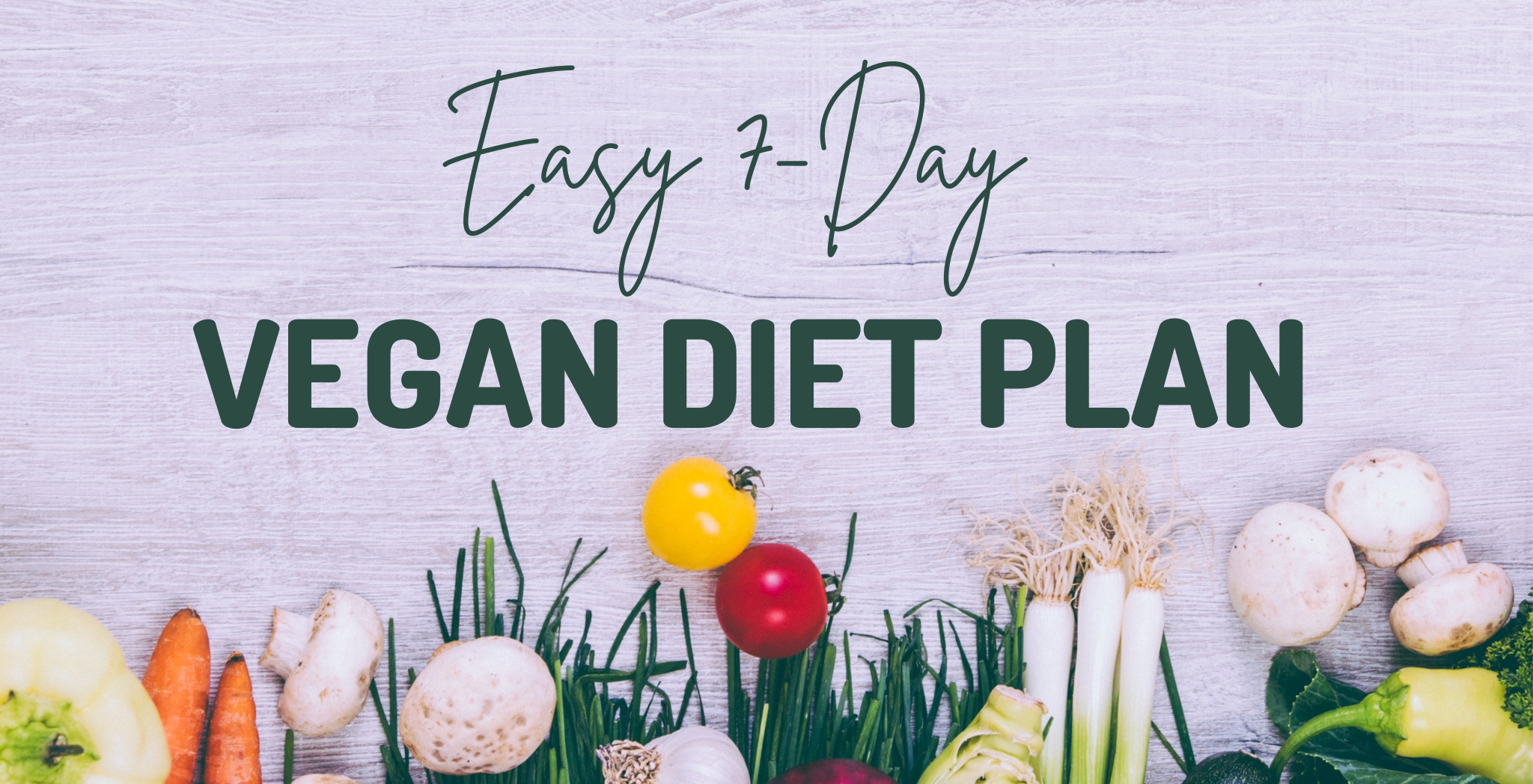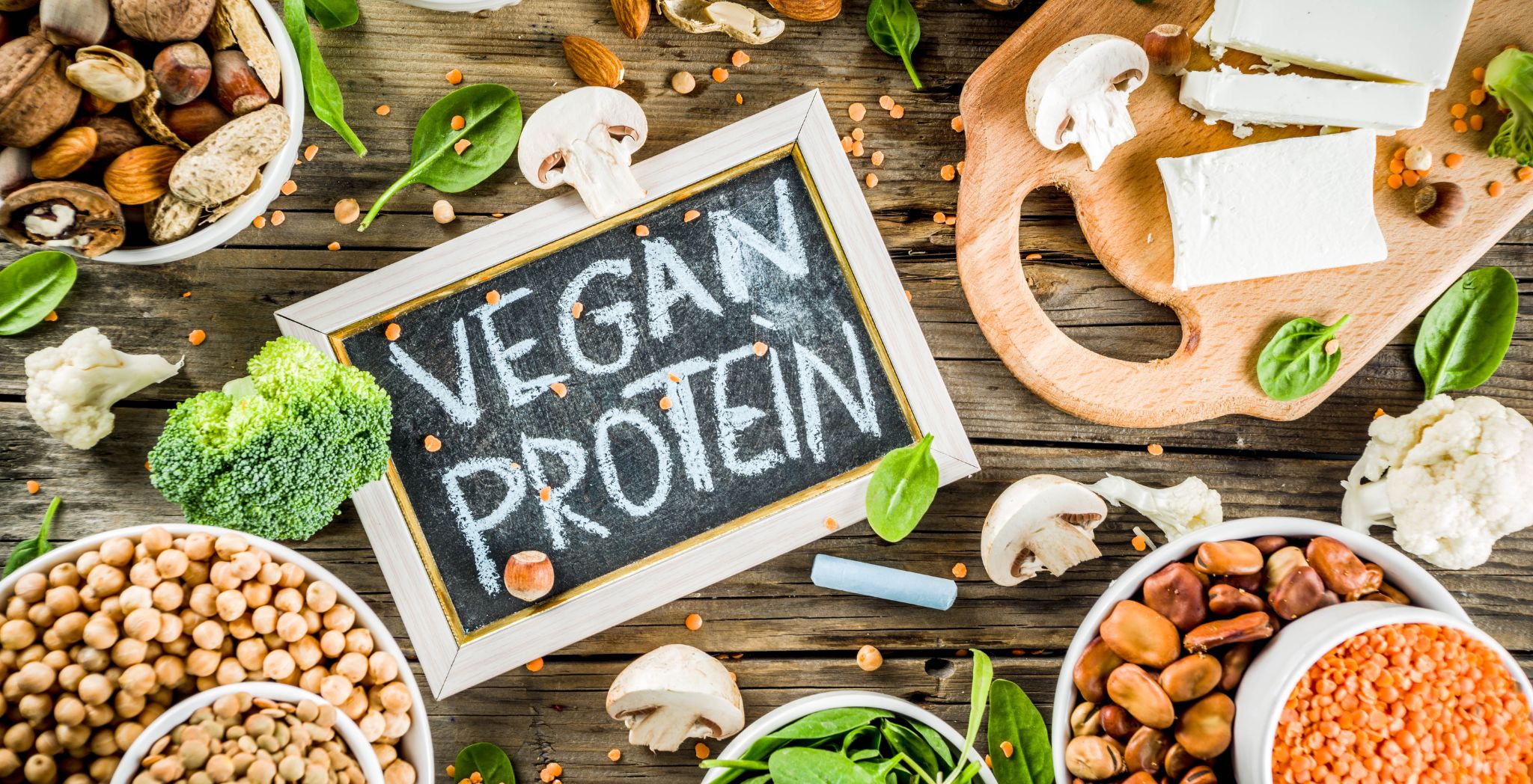19 vegan baking ideas
Baking is a beloved pastime for many, offering a therapeutic escape into a world of creativity and comfort. As the demand for plant-based options rises, vegan baking has emerged as a vibrant and exciting field. You can create mouthwatering treats entirely free from animal products with the right ingredients and…









